Date Palm tissue culture protocol
Date palm tissue culture is a method that uses the multiplication of asexual plant cells to produce fruitful date palm seedlings on a mass scale.
The propagation of the date palm (tissue culture) method will be mentioned briefly in the continuation of this article. The Medjool tissue culture and the Barhi tissue culture plants are the world’s most expensive and popular date palm seedlings.
There are two primary methods for producing date palm plants using tissue culture and micropropagation:
- Direct somatic embryogenesis
- Organogenesis
photo1
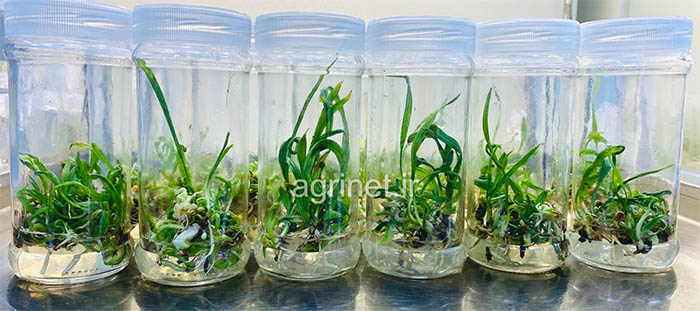
The guidance of the Date palm Micropropagation method
Production of date palm seedlings by tissue culture technique
First Step: Preparation of explants
The Explant or genetic material are actually the primary asexual cells that are derived from the shoots of mother trees. The separation of offshoots from the mother tree happens in the cold season of the year when the tree has the minimum physiological activity. The offshoot with two years old and above, weighing about 20 to 25 kg and 1.5 meters in height, is the best option for separation.
After transferring the separated offshoots to the laboratory, remove the remaining extra organs, such as branches. Then carefully cut the bottom of the offshoots, and throw it away. Now, there should be about 50 cm left from the side. Then, cut the resulting branch until you reach a soft white tissue. Pay attention that the branches must keep the lignin zed base. Finally, it should remain an explant, which is 6 to 8 cm long and 3 to 4 cm wide.
fig2. micropropagation stages
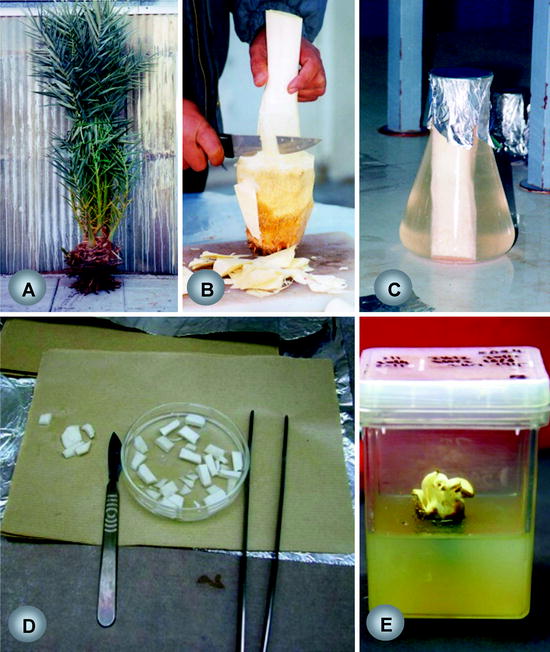
Second Step: Disinfection
Place the lignin base explant into an antioxidant solution. The mentioned solution should be containing 150 mg/l of citric acid and 100 mg/l of ascorbic acid. One of the substantial tasks of this solution is to preserve the explant until the time of cultivation and protect it against browning (phenolization).
In the next step, sterilize the explant tip for 20 minutes with a fungicide solution such as Mancozeb and wash it three times with autoclaved distilled water. Then, immerse the explant in 9% NaOCl sodium hypochlorite solution with a few drops of Tween 20 for 5 minutes under vacuum and for 20 minutes under normal pressure.
Third Step: Initiation
The initial culture medium includes the MS medium containing a small amount of ammonium ions along with plants growth regulators (plant hormones) 0.3 to 0.1 mg/liter. The pH of the culture medium must set to 5.7 before adding agar and autoclaving.
After preparing the culture medium, remove the explant from the solution in the gentle flow of the laminar hood and place it directly into the culture medium without any washing. The inoculation phase begins after planting, where the explants should be placed in a dark growth room for 3 to 4 weeks. Then, according to the success rate of inoculation, the explants are placed in a 16-hour photoperiod.
Fourth step: Multiplication
The culture medium of this stage is similar to the Initiation stage, but the main difference is in the hormones and concentrations used in it.
At this stage, we use BA, NAA, NOA, IAA, and Kinetin hormones with a concentration range of 0.5 to 5 mg/liter. The most important task at this stage is to separate the developed seedlings from other sprouts because the grown seedlings prevent the growth of other potential seedlings.
fig3. in-vitro date palm
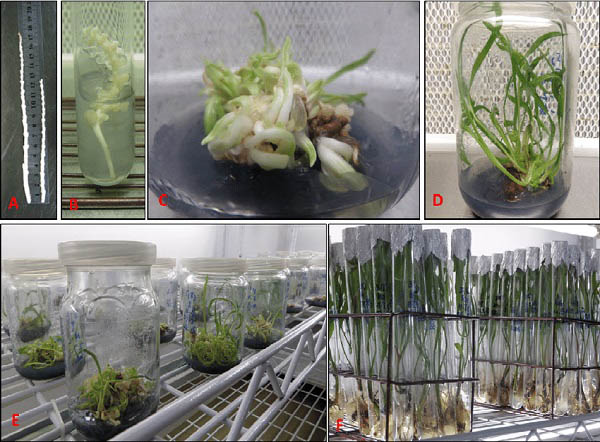
Fifth Step: Elongation and Rooting
An adequate period for the explant elongation can last from a few weeks to a few months (depending on the date palm variety). The seedlings that had better growth will transferred to the rooting medium. The recommended rooting environment for date palms includes:
1 mg/lit NAA
0.5 mg/lit BAP
0.5 mg/litKinetin
0.5 mg/litGA3
In various research, the NAA hormone has shown better efficiency and performance than IBA and IAA hormones in date palm rooting. The explants should be placed in the mentioned medium for 10 to 15 days. After this period, they will transfer to a similar culture medium with different concentrations of plant growth regulators according to the type of date palm variety and the degree of growth in the previous culture medium.
Sixth Step: Acclimatization
In order to find out and make sure whether the right time has come to transfer the seedlings to the adaptation stage, we must pay attention to the following points:
Seedlings should have two to three large and healthy leaves without twisting.
The stem should have a height of about 1 to 10 cm from the base to the leaves.
The stem base should have a crown-pear shape.
The root system must be at least 5 cm long.
If the explant has all the mentioned characteristics, it is ready for acclimatization. The first step to start the acclimatization phase is washing the roots with distilled water to remove the agar and the culture medium. Then, to prevent fungal infections, the seedlings are disinfected using a 0.5% Benlate fungicide solution.
Finally, the explants should be placed in a suitable rooting medium, such as peat moss and cocopeat. (With a proper humidity rate inside the greenhouse).
Warning: The article you read is not a complete Protocol or a commercial method for date palm tissue culture. This short article is only a general principle, so these instructions are not enough for mass-scale production.


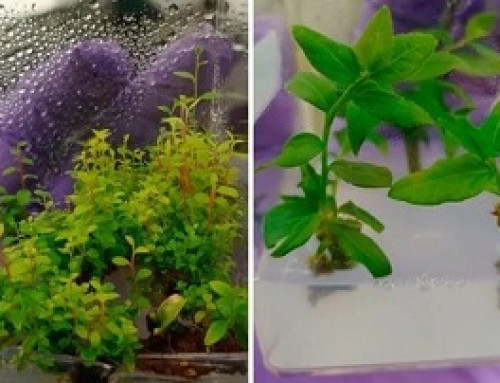
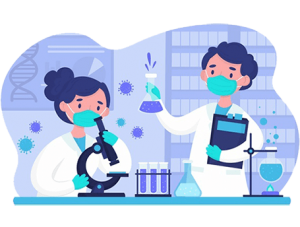
Leave A Comment